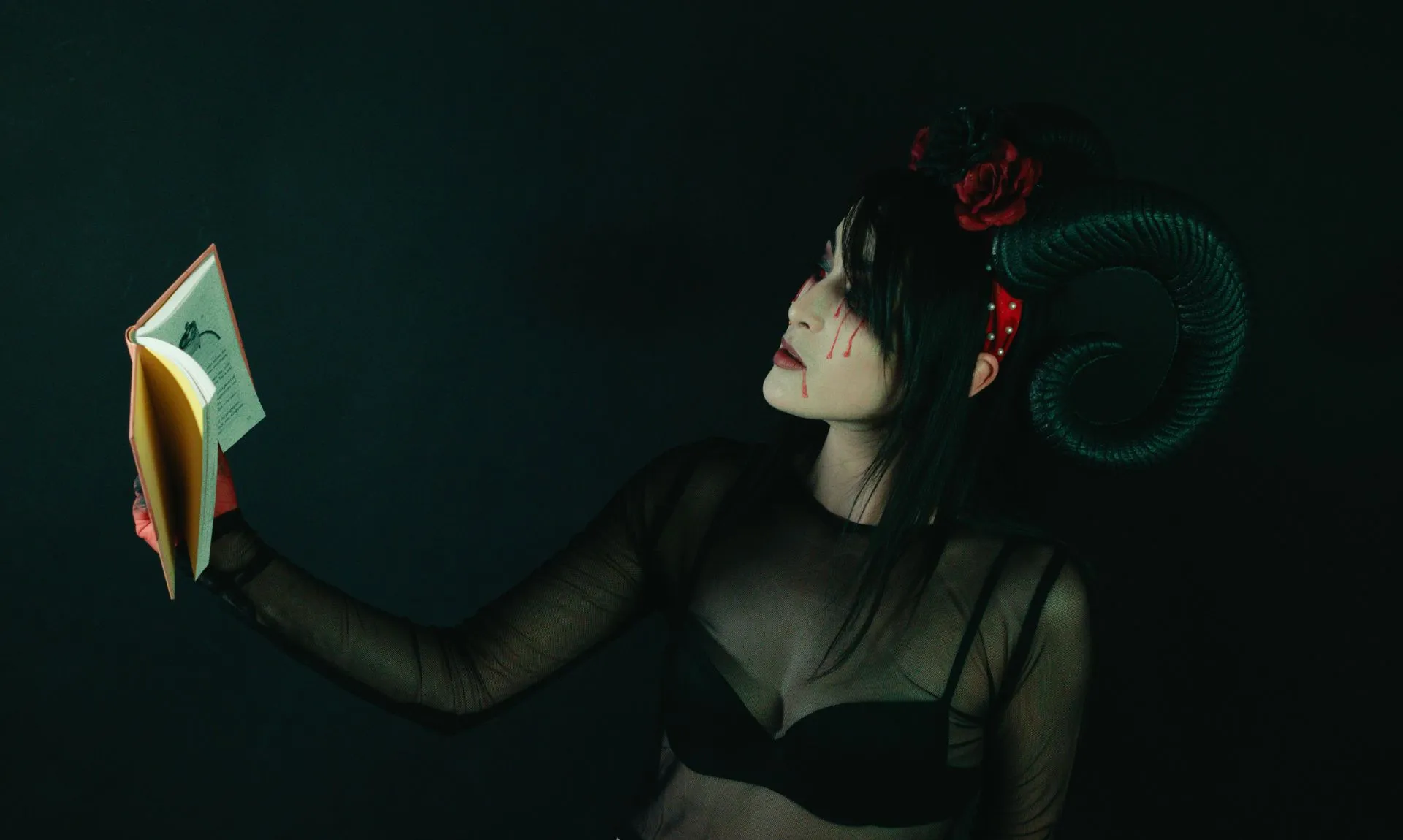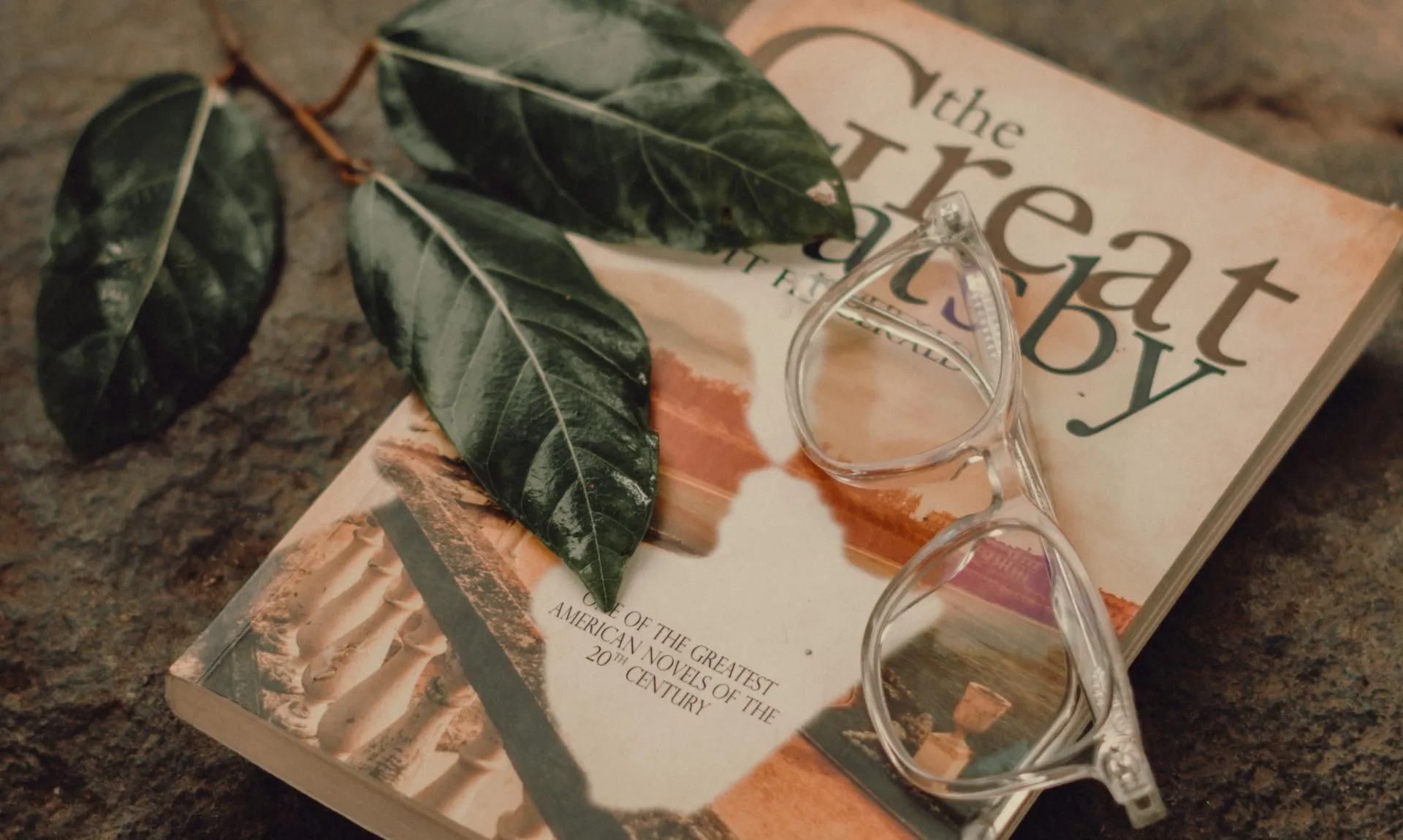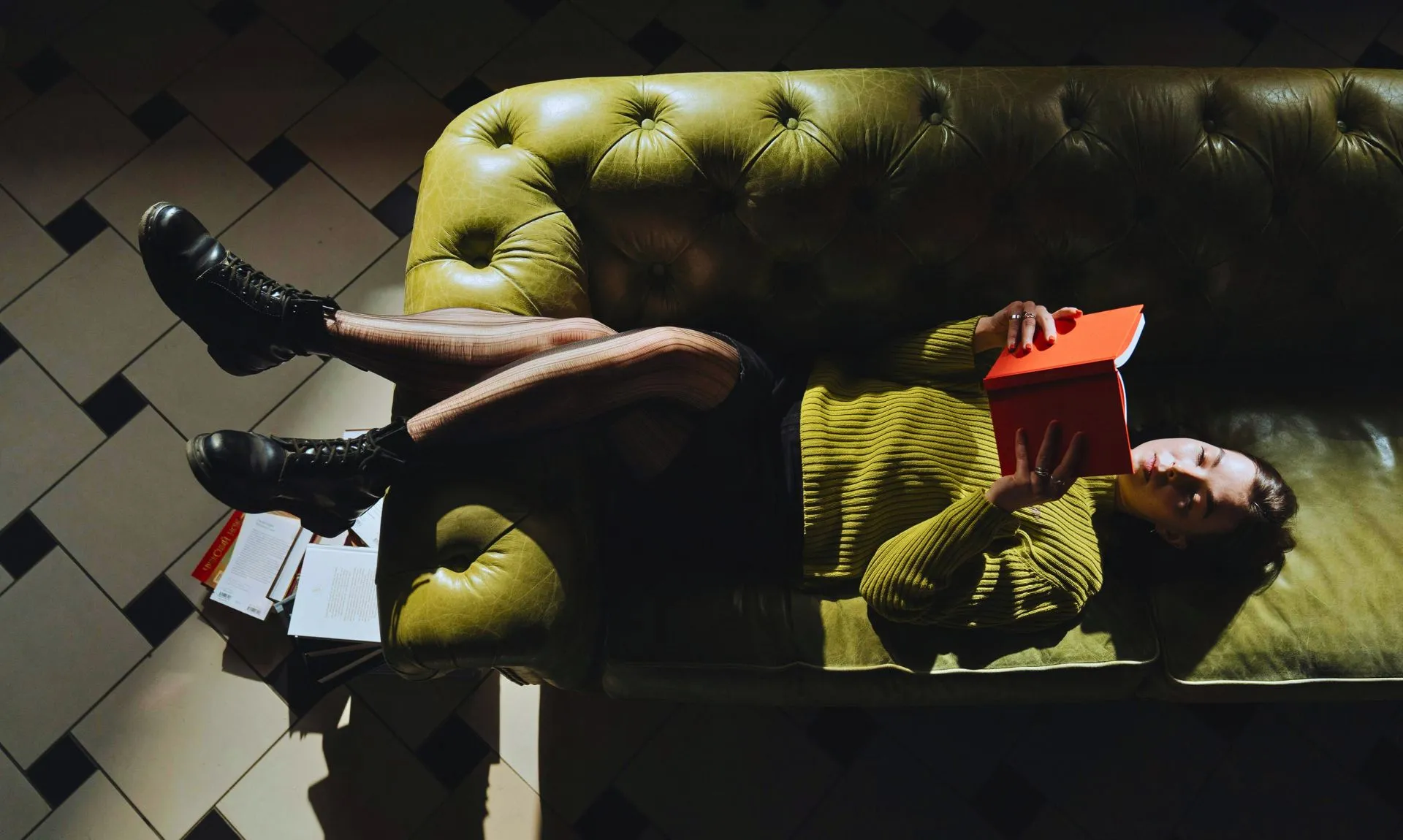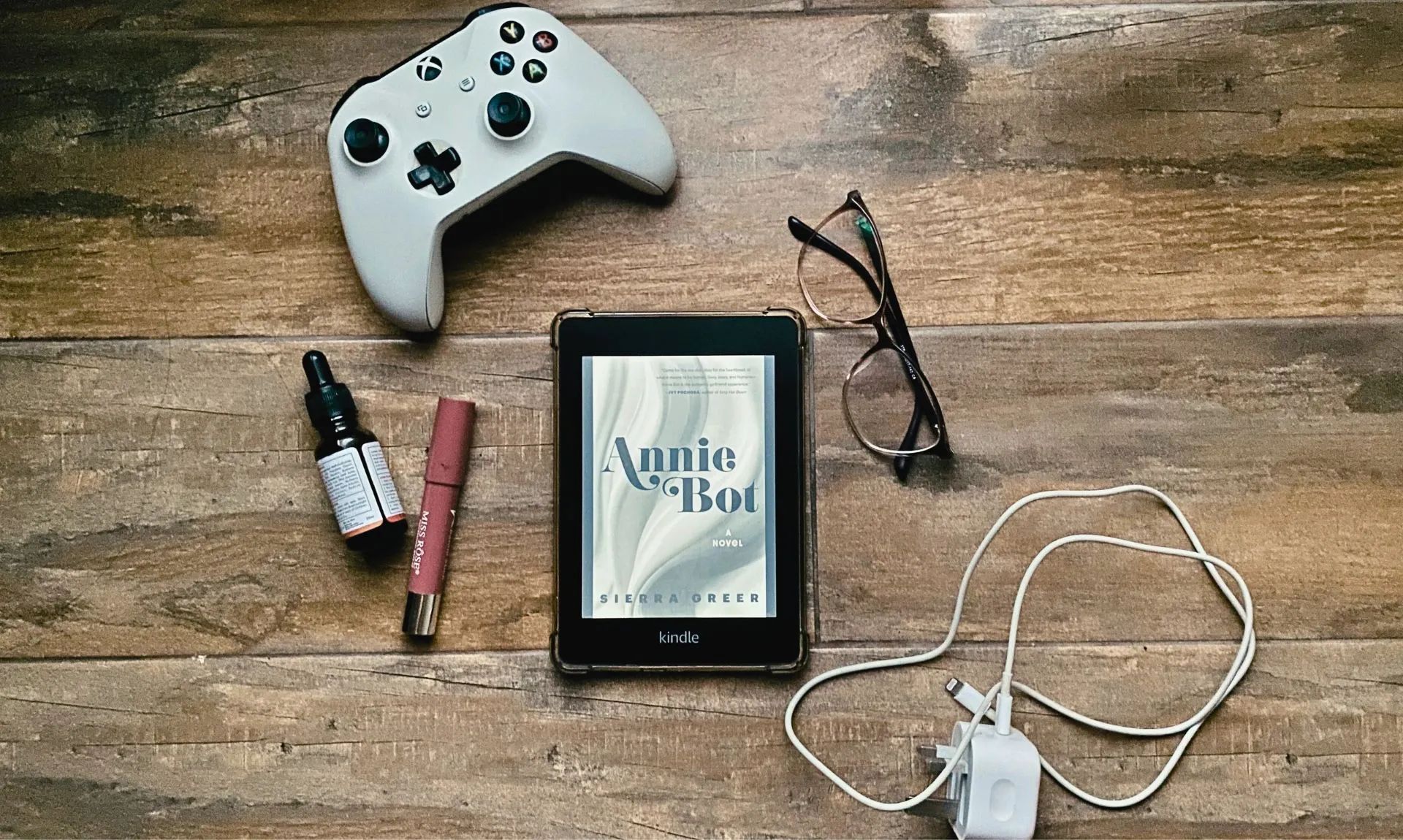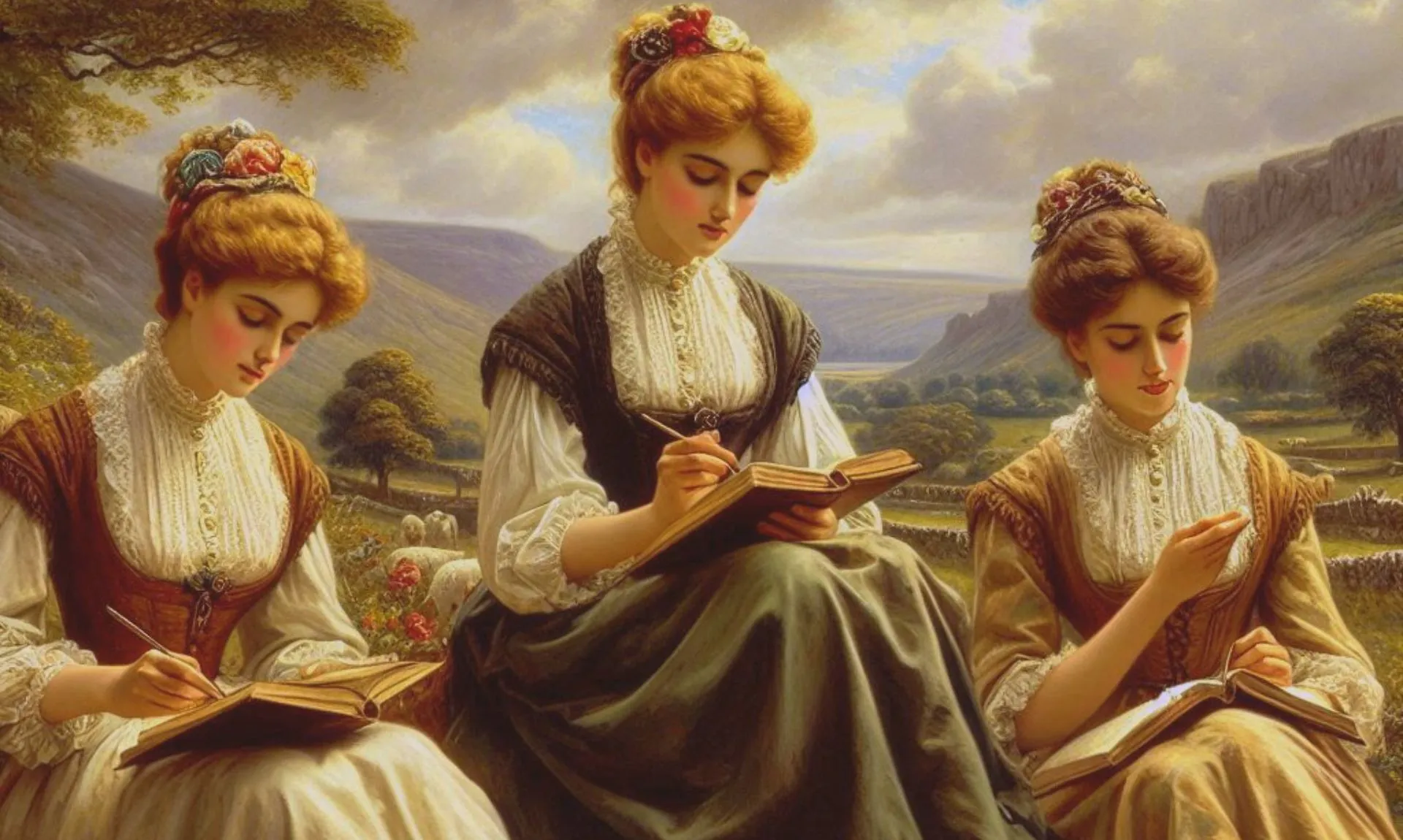
Women In Writing: Inside The Lives Of The Brontë Sisters
“I am just going to write because I can’t help it.” – Charlotte Brontë
Dear readers! You might not know much about the lives of the Brontë sisters, but you’ve likely wandered through the dark moors of Wuthering Heights, felt the quiet strength of Jane Eyre, or witnessed the faded walls in The Tenant of Wildfell Hall that caged a woman.
The literary giants behind these masterpieces were none other than Charlotte, Emily, and Anne. But who were they, really? What made them pick up the pen and write such haunting tales of miserable ladies and broken men? Maybe, nothing more than a repressed desire to tell stories.
Who Were the Brontë Sisters? A Glimpse Into Their Early Life
The Brontë sisters grew up in the family home at Haworth, Yorkshire, with their father and brother. Writing came naturally to Charlotte, Emily, and Anne — a creative bond they all shared from a young age.
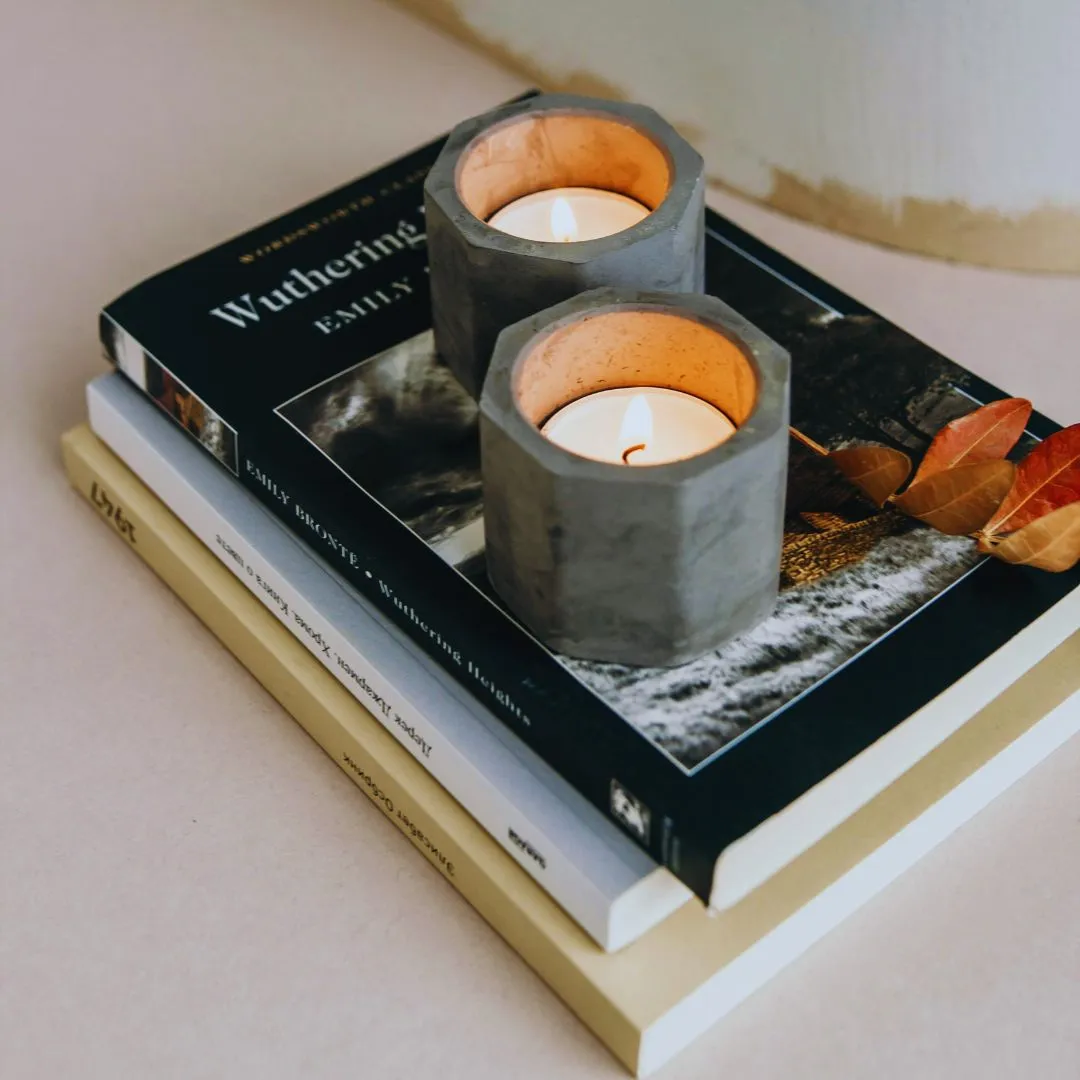
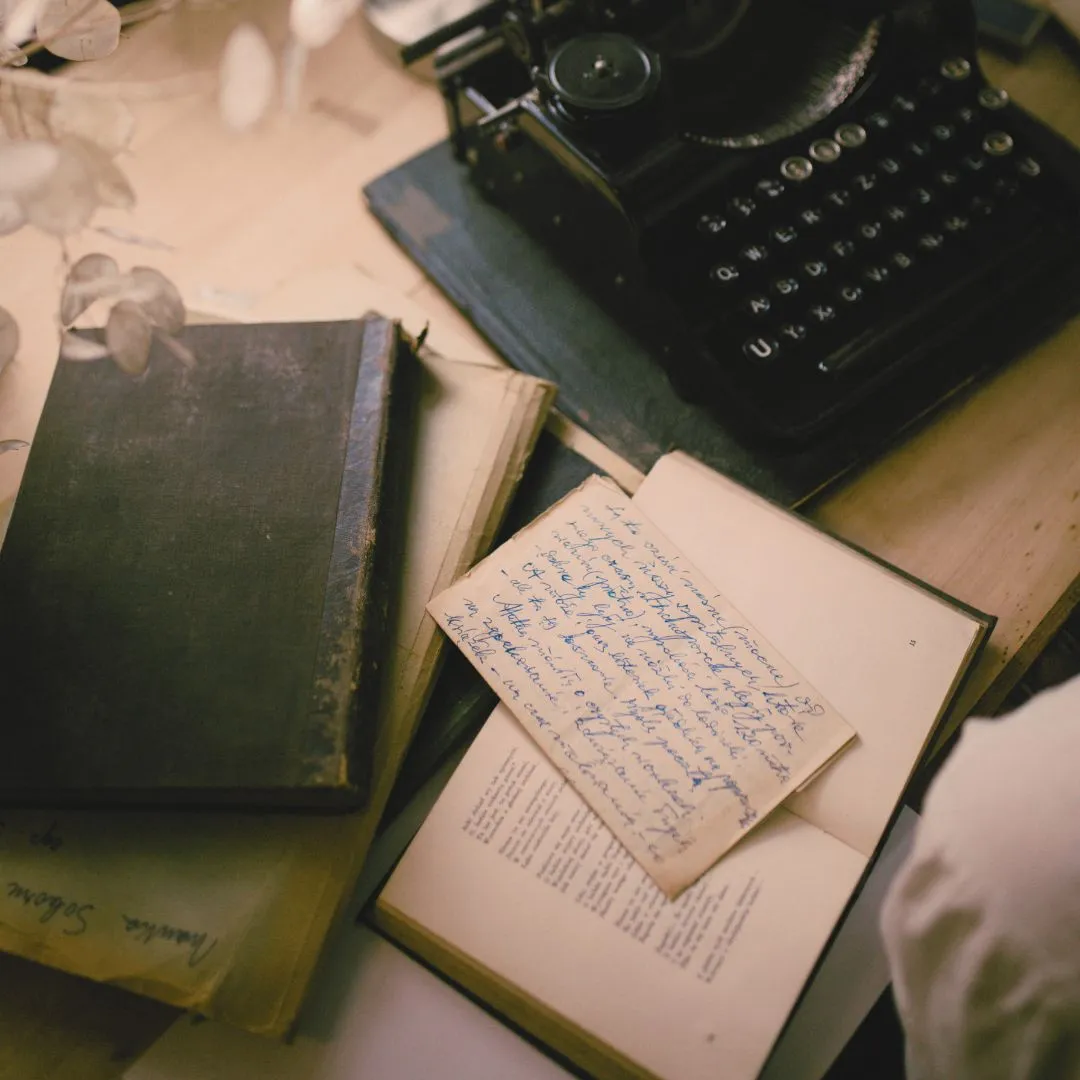
One habit the sisters had in common was journaling. Charlotte’s Roe Head Journal records her daily life and glimpses into her imagination. As children, all three sisters created miniature storybooks, filling them with illustrations and tales from fictional worlds.
Loneliness, Weather, and Wild Imaginations
Charlotte studied at Roe Head School and later returned as a teacher at the age of 19. Her life during this time was quiet and painfully lonely. It was here that she began her journal.
In The Roe Head Journal, she describes her deep love for Yorkshire’s dramatic weather — a love that clearly inspired the atmospheric settings in many of the Brontë novels.
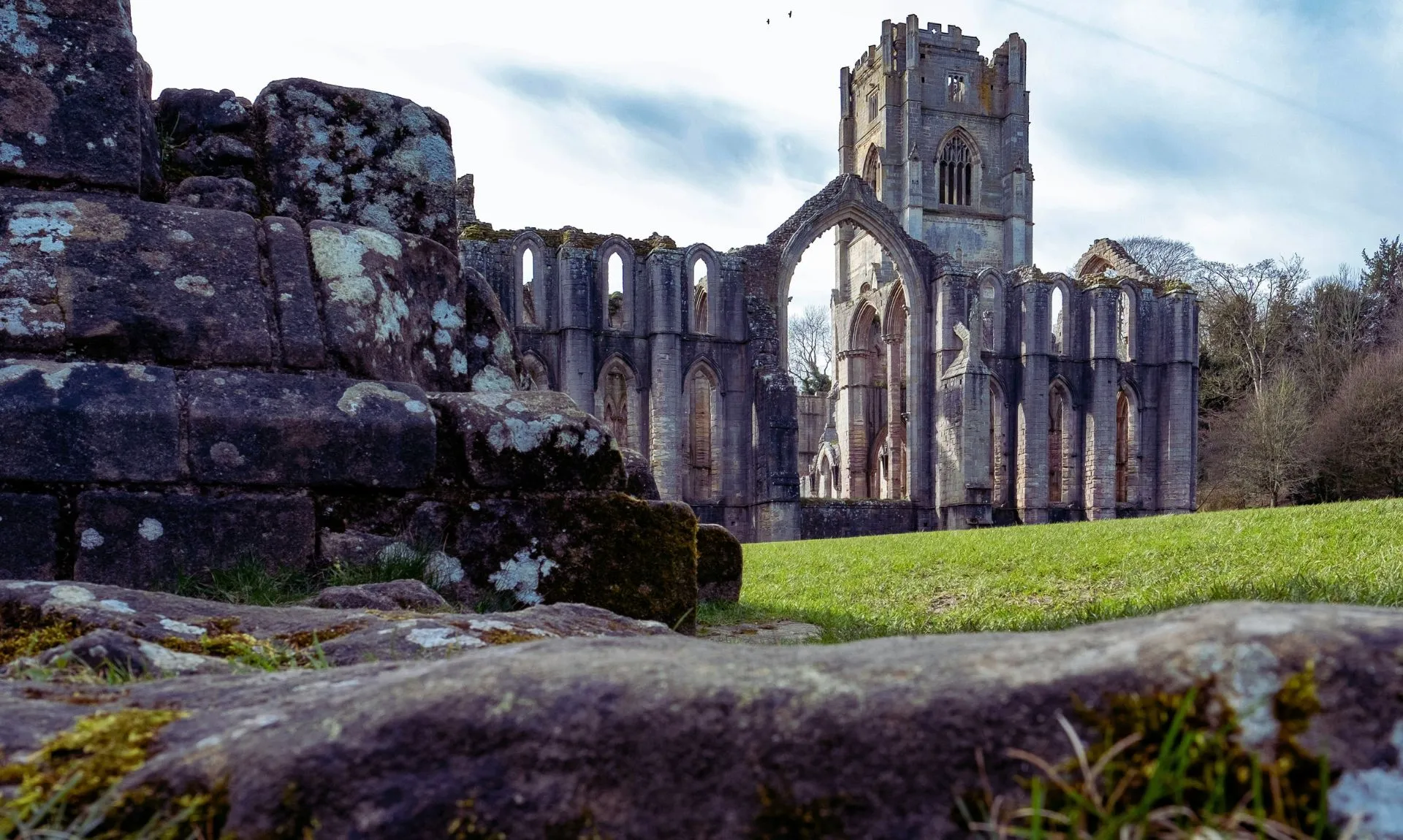
Emily and Anne also kept journals and together created the fictional island of Gondal, a place with its own history and politics. Their stories and poems often took place in this complex imaginary world.
The loneliness the Brontë sisters experienced in their isolated Yorkshire life led them to create fictional worlds where they had control — where they were creators, not subjects.
The Untold Struggles of the Brontë Sisters
The Brontë sisters weren’t rich women leisurely writing in country estates. They faced real financial and societal pressures. All three worked as teachers or governesses at different points in their lives. In many ways, they were women expected to stay in the background — to teach, to serve, but never to create.
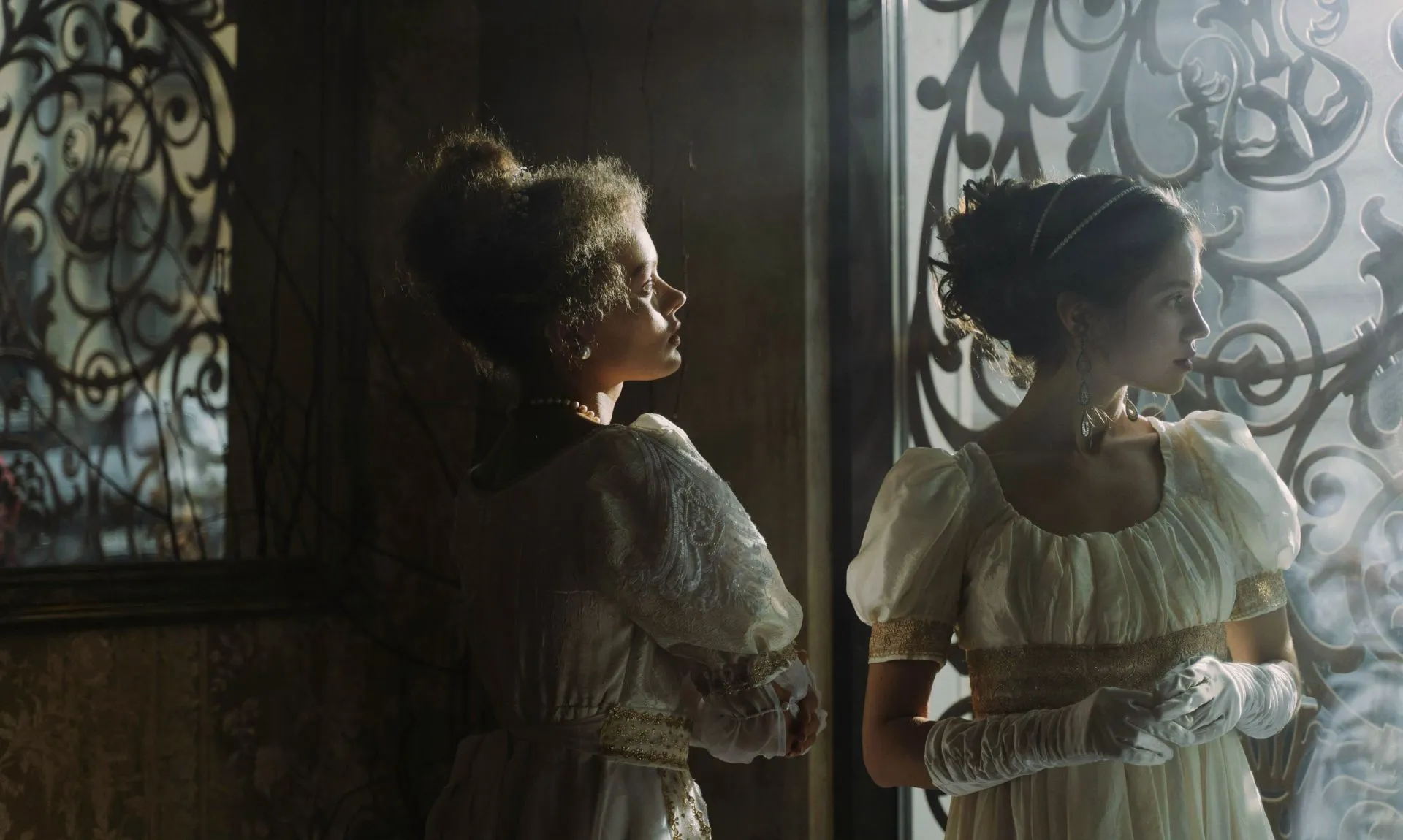
Charlotte once wrote in her journal:
“Must I from day to day sit chained to this chair, prisoned within these four bare walls?”
There was definitely something aching inside the Brontë sisters — and writing helped them cope. Even as children, they were crafting elaborate fictional universes. Their childhood books were filled with vibrant illustrations and stories, sometimes inspired by real life, sometimes pure imagination.
Inside the Dark, Fictional Worlds of the Brontë Sisters
The fictional landscapes of the Brontë sisters are undeniably dark. You could even call them the 19th-century “sad girls” — creating stories where love is rarely easy, and adventure is shadowed by tragedy.
Everything in their literary worlds is painted with the dark shades of melancholy. Their stories reflect the moody Yorkshire weather and the suffocating social norms of their time. But despite the darkness, the Brontës wrote with clarity and emotional power — exploring themes of gender, freedom, and morality that still resonate today.
Final Thoughts: Legacy Built From Ink and Isolation
The Brontë sisters’ powerful literary legacy was born from journals, isolation, and imagination. They created fictional characters and cared for them like family. Their daily writing rituals became the foundation for the masterpieces we admire today.
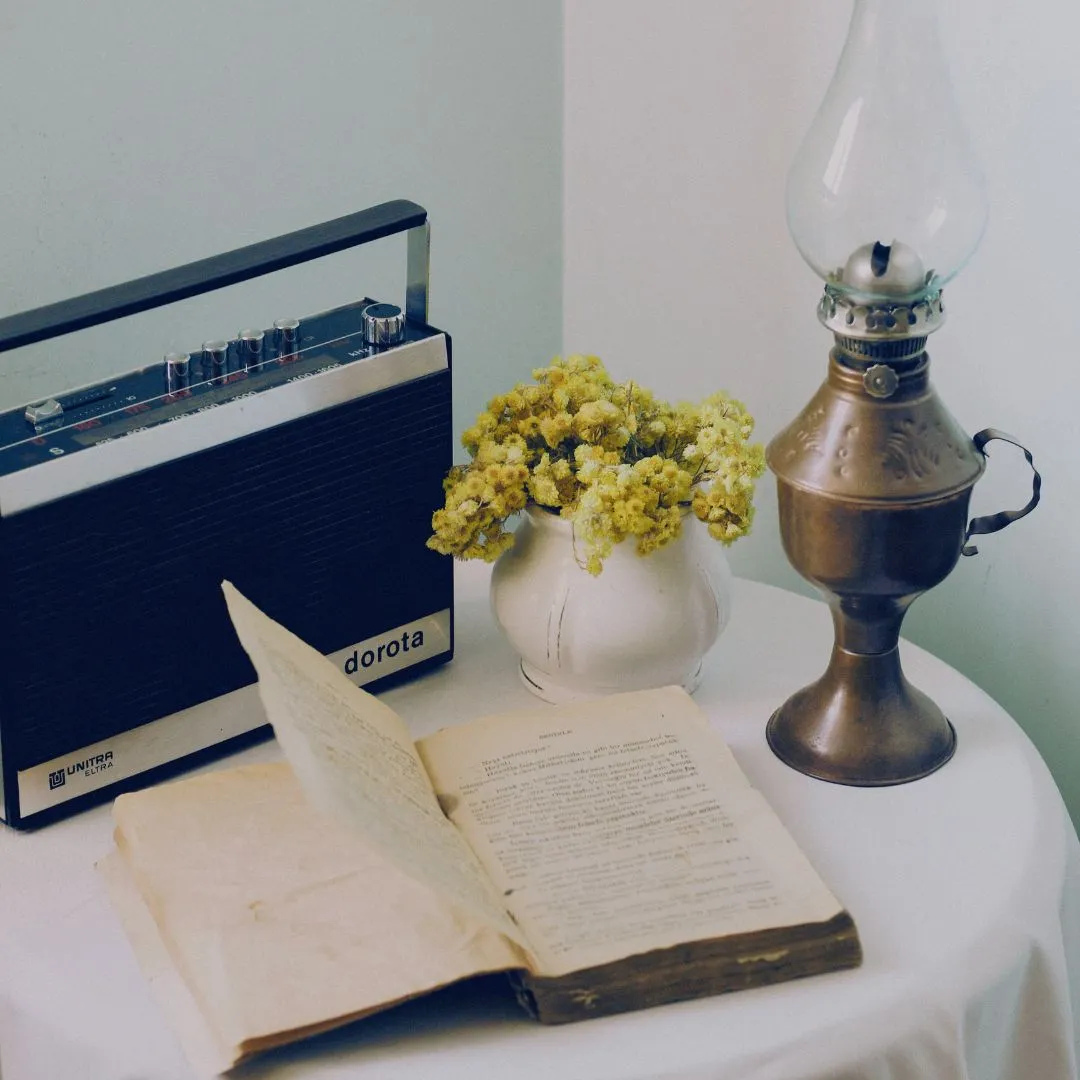
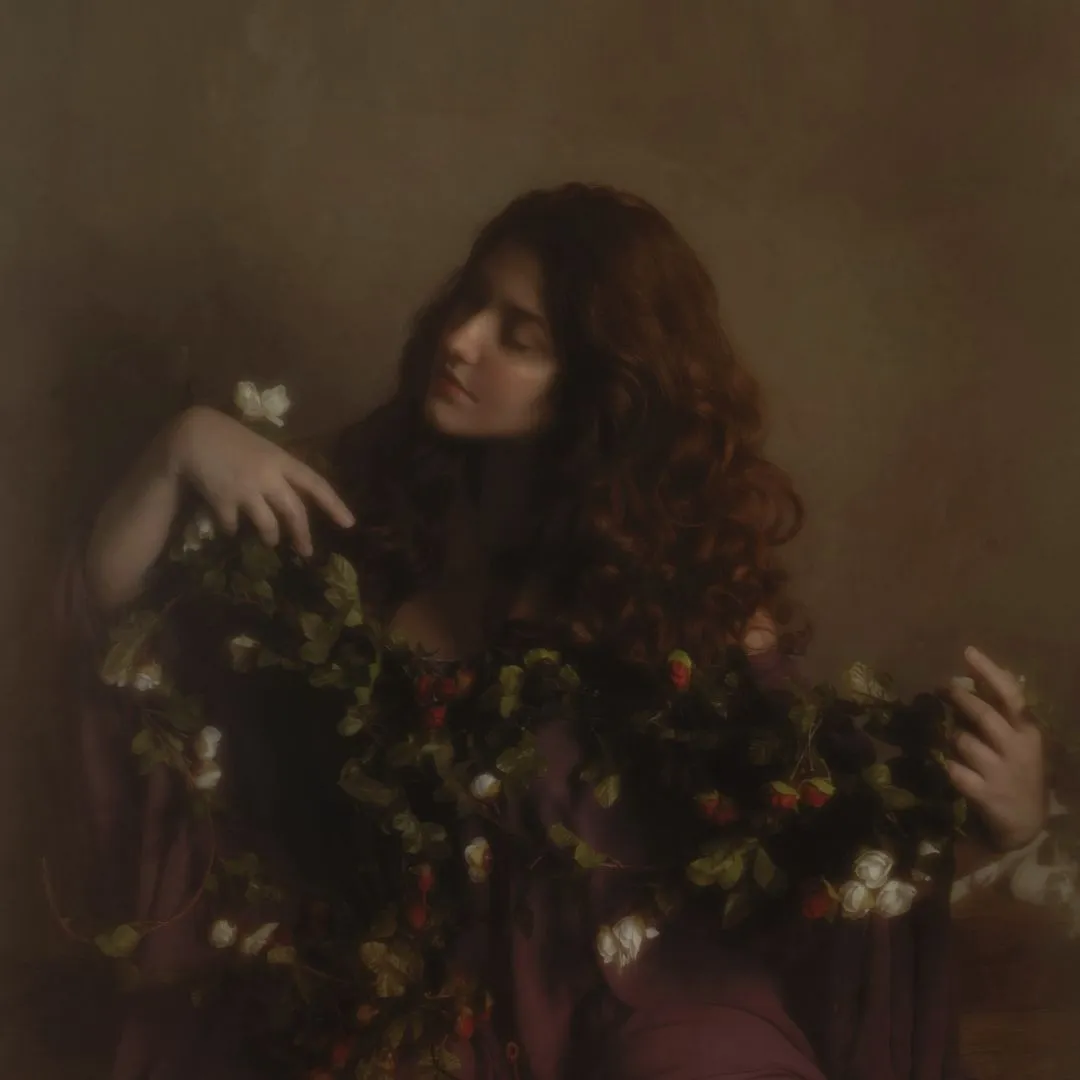
Whether it’s Jane Eyre’s quiet resilience in Jane Eyre, Heathcliff’s stormy sorrow in Wuthering Heights, or Helen’s quiet rebellion in The Tenant of Wildfell Hall — the Brontës gave us stories that still echo with mystery, strength, and soul.
If you’re into the lives of women who found a way to write despite everything, you might want to check out my blog on Murasaki Shikibu — the woman often credited as the world’s first novelist. It’s a quiet little dive into how she ended up writing one of the most important literary works in history.

